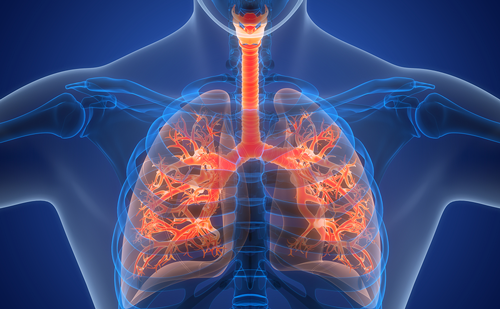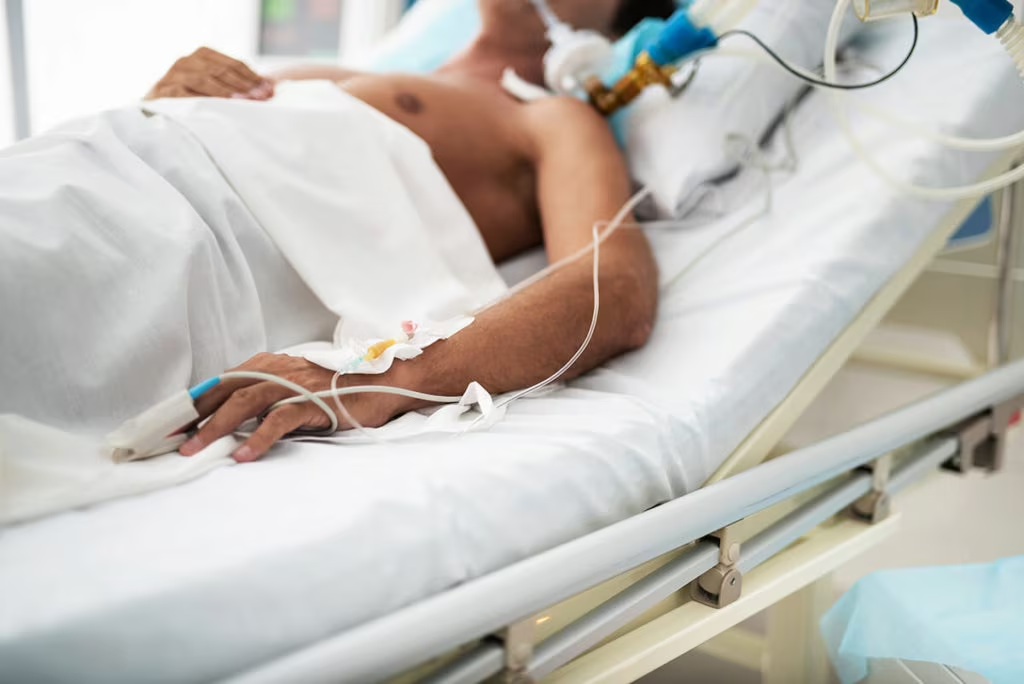Search Results
Showing Results for cardiopulmonary

RT234 is a novel investigational therapy combining inhaled dry powder vardenafil with a proprietary oscillating inhaler, designed for rapid, on-demand relief of breathlessness in patients with pulmonary arterial hypertension (PAH). In a phase 2b CPET study, RT234 demonstrated dose-dependent improvements in peak VO₂ and dyspnea. As part of our ATS 2025 coverage, Dr Raymond Benza discusses these findings, current treatment limitations, and the next steps toward a phase III clinical trial.

Approximately half of all smokers will develop chronic obstructive pulmonary disease (COPD), with a disease progression over several years before the spirometric threshold for diagnosis is reached.1 There is, therefore, a clear benefit in identifying patients with COPD as early ...

The nasal airway serves as the primary entry point of air and oxygen into the body. It serves critical functions, such as providing a physical barrier against external irritants and pathogens and warming and humidifying incoming air.1 Consequently, disorders of ...

Pulmonary Rehabilitation (PR) is often recommended prior to lung transplantation in patients with end-stage lung disease to improve physiologic performance and surgical outcomes. We caught up with Prof. David R. Nunley (Ohio State University, Columbus, OH, USA) to discuss the ...

Sleep disordered breathing in children comprises a spectrum of abnormal breathing patterns associated with increased airflow resistance and sleep disruption. Sleep disordered breathing is categorized by severity into primary snoring, upper airway resistance syndrome, and obstructive sleep apnea (OSA). Pediatric ...

Subcutaneous emphysema (SE) is relatively common in the intensive care unit (ICU) and often a complication of positive pressure ventilation.1,2 While typically self-limiting and benign, life-threatening sequela can develop. Progressive accumulation of subcutaneous air can result in significant compressive forces ...

Breathing problems during sleep commonly occur in children. Obstructive sleep apnoea (OSA) is the most common breathing-related problem that occurs during sleep and snoring is the main symptom. Habitual snoring, which is defined as snoring for more than three days ...

Pulmonary arterial hypertension (PAH) is a rare, deadly and incurable condition.1 With a five-year survival rate below 60%, the outcome of this disease is not any better than that of many cancers.1,2 However, numerous treatment options are currently available: more than 20 ...

Adaptive servo-ventilation (ASV) is a non-invasive ventilatory therapy that provides variable inspiratory positive airway pressure (IPAP) to support inspiration when breathing amplitude is reduced, ensures sufficient respiration when respiratory effort is absent and provides fixed or variable end-expiratory PAP (EPAP) ...
Latest articles videos and clinical updates - straight to your inbox
Log into your Touch Account
Earn and track your CME credits on the go, save articles for later, and follow the latest congress coverage.
Register now for FREE Access
Register for free to hear about the latest expert-led education, peer-reviewed articles, conference highlights, and innovative CME activities.
Sign up with an Email
Or use a Social Account.
This Functionality is for
Members Only
Explore the latest in medical education and stay current in your field. Create a free account to track your learning.


